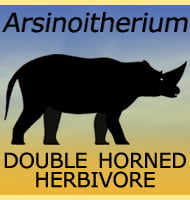Andrewsiphius
In Depth Once described as a new species of Protocetus, the holotype remains were elevated to genus level in 1975. Although a different genus, Andrewsiphius would have still been a primitive toothed whale form similar to the more famous Protocetus. The rear limbs would still have been visible on the outside of the body, while … Read more
